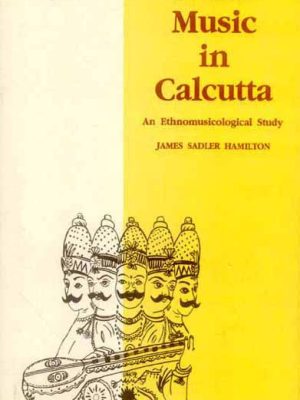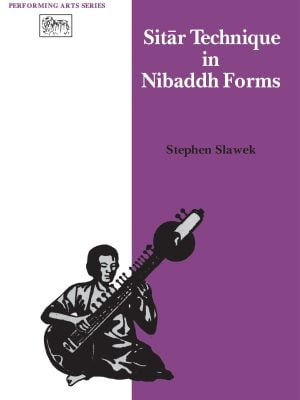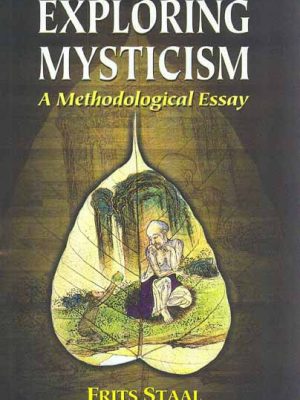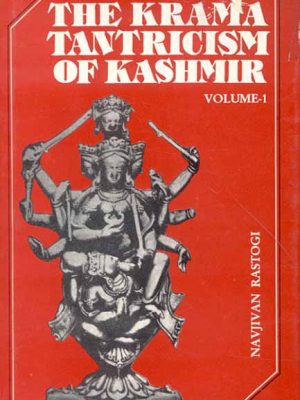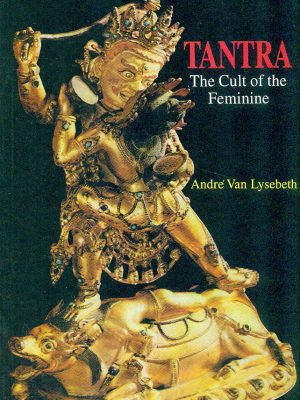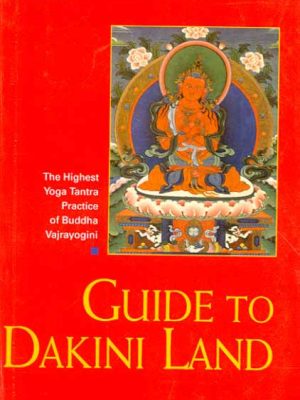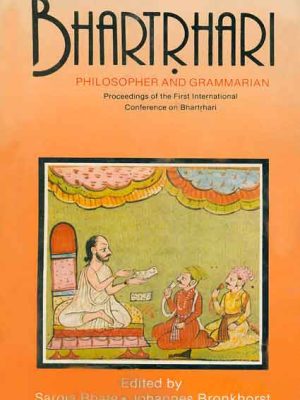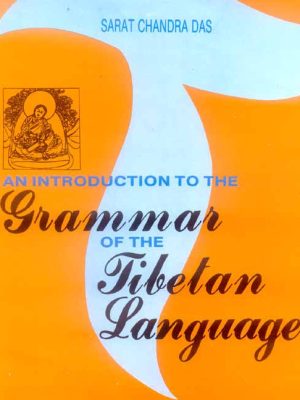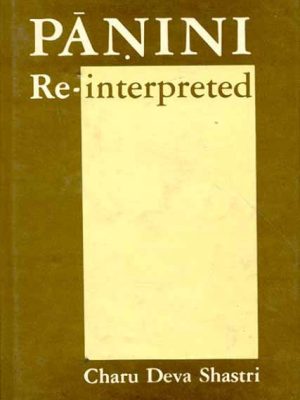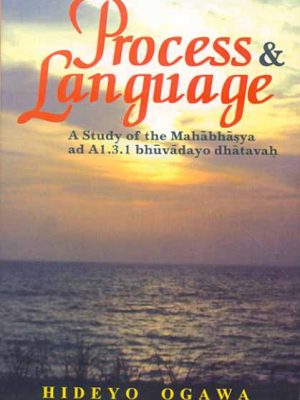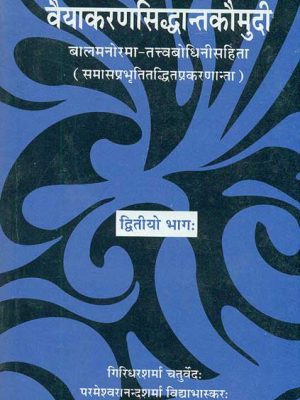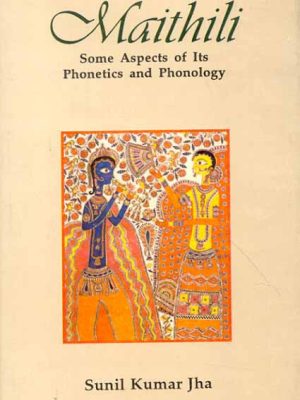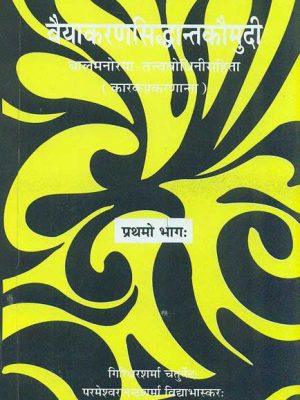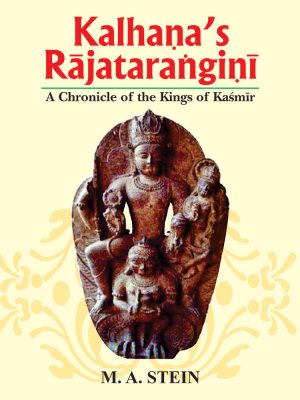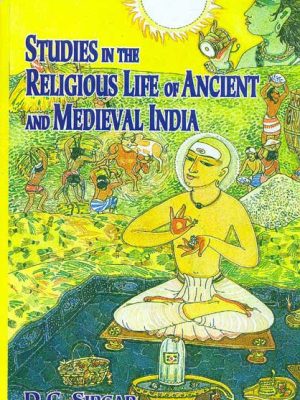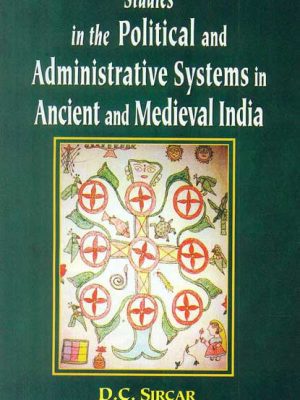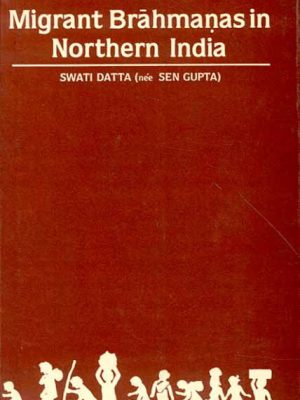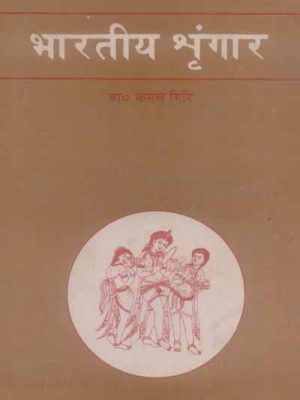Motilal Banarsidass
-
-
-
-
Kalhana’s Rajatarangini (Vol III): A Chronicle of the Kings of Kashmir
Kalhana’s Rajatarangini is the oldest and fullest record of Kashmir history. Sir Stein, recognising the inestimable value of the only work of its kind, succeeded in publishing the critical edition of the text as early as in 1892 which has been printed here as Vol. III of this three-volume set. Later he followed this illustrious venture by presenting a fully annotated translation of the Chronicle, in two volumes, printed as Vol. I and Vol. II here, the former containing the translation of the first seven tarangas of the original Sanskrit and the latter that of the remaining eighth tarangas.
The translation is preceded by a comprehensive and scholarly Introduction in which Stein has endeavoured to elucidate in the first place the data which can be gathered as regards the person of Kalhana, his family and the milieu in which he lived. In the second chapter (of the Introduction) the author has examined as closely as our available materials would permit, the objects and methods which guided Kalhana in the composition of his work, the sources he used for it, and the form which he gave to his narrative. The condition in which the text of the Chronicle has been handed down to us, and the materials the author has used for its reconstitution, are discussed in the third chapter, while the next chapter contains an exposition of Kalhana’s system of chronolgy. In the concluding and longest chapter of the Introduction it has been the author’s object to present a critical summary of Kalhana’s narrative and of the historical data contained in it. The Chronological and Genealogical Tables attached to the Introduction are intended to present in a condensed form the information furnished by the Rajatarangini regarding the date and descent of successive rulers of Kashmir. The Memoir which follows (Vol. II) the Translation and Notes, presents a connected and detailed account of the ancient geography of Kashmir.
₹695.00 -
Studies in the Religious Life of Ancient and Medieval India
Studies in the Religious Life of Ancient and Medieval India
The topics dealt with are of as varied nature as those in his other Studies. The approach of most writers to the problems relating to Indian religions is based on literary sources; but in respect of the majority of topics discussed in the volume with the exception of the first few chapters, Prof. Sircar depends primarily on inscriptions and supplements epigraphic evidence by the testimony of literary and numismatic records wherever necessary. A few of the studies incorporated in the volume exhibit the author’s search for truth spread over a number of years. Thus his investigation relating to the god Purusottama-Jagannatha of Puri began when he noticed the dominions of Ganga Anangabhima III (1211-39 A.D.) described as ‘Purusottama’s empire’ in an inscription, in 1939. In the course of its progress, he found out, in 1946, how Bhanu II (1305-27 A.D.) is represented in his records as a feudatory of the god Purusottama-Jagannatha and, in 1953, how a literary work speaks of the dedication of the Ganga kingdom to the god by king Anangabhima. Finally in 1963, Prof. Sircar traced in a tenth century epigraph of the Satna District, Madhya Pradesh, how the god of Puri attracted pilgrims from distant regions. The chapter on Purusottama-Jagannatha in the volume is thus the result of a study of about quarter of a century.
₹695.00 -
Studies in the Political and Administrative Systems in Ancient and Medieval India
Studies in the Political and Administrative Systems in Ancient and Medieval India
The earlier chapters of the present volume deal with a large number of topics relating to kingship, landlordism (sometimes mistaken as feudalism), tenancy, royal, charter, Pancayat system etc. Some of the following chapters contain discussions on certain royal officers the functions of some of them or their departments a few aspects of the judicial system some land measures and taxes etc. The third group of topics mostly concerns the interpretation of technical expressions found in epigraphical records.
The last section of the work consists of several appendices which are really some of the author’s recently published studies. Of these, one deals with the democratic traditions of ancient Indian and another with the functioning of the guilds, while a third contains a number of popular conceptions about the duties of Kings. The Subject of the last of the appendices is the traders privileges guaranteed by kings, which has been included here as a topic relating to kingship, though it is equally suitable for a study of economic life.
It will be seen that the book contains the learned author’s views on a great variety of matter respecting the political and administrative systems of ancient and medieval India. The treatment of the majority of topics is primarily based on information gathered from innumerable epigraphic records discovered in various parts of India and is characterised by an unusual mastery of details.
₹695.00 -
Migrant Brahmanas in Northern India: Their Settlement and General Impact(C.A.D. 475-1030)
Northern India experienced great crises in the years between C.A. D. 475 and 1030. Many a time this part of the world was the scene of foreign invasions-Empires arose and disintegrated: society and economy changed to a great extent; many Brahman’s of this period migrated.
₹695.00 -
